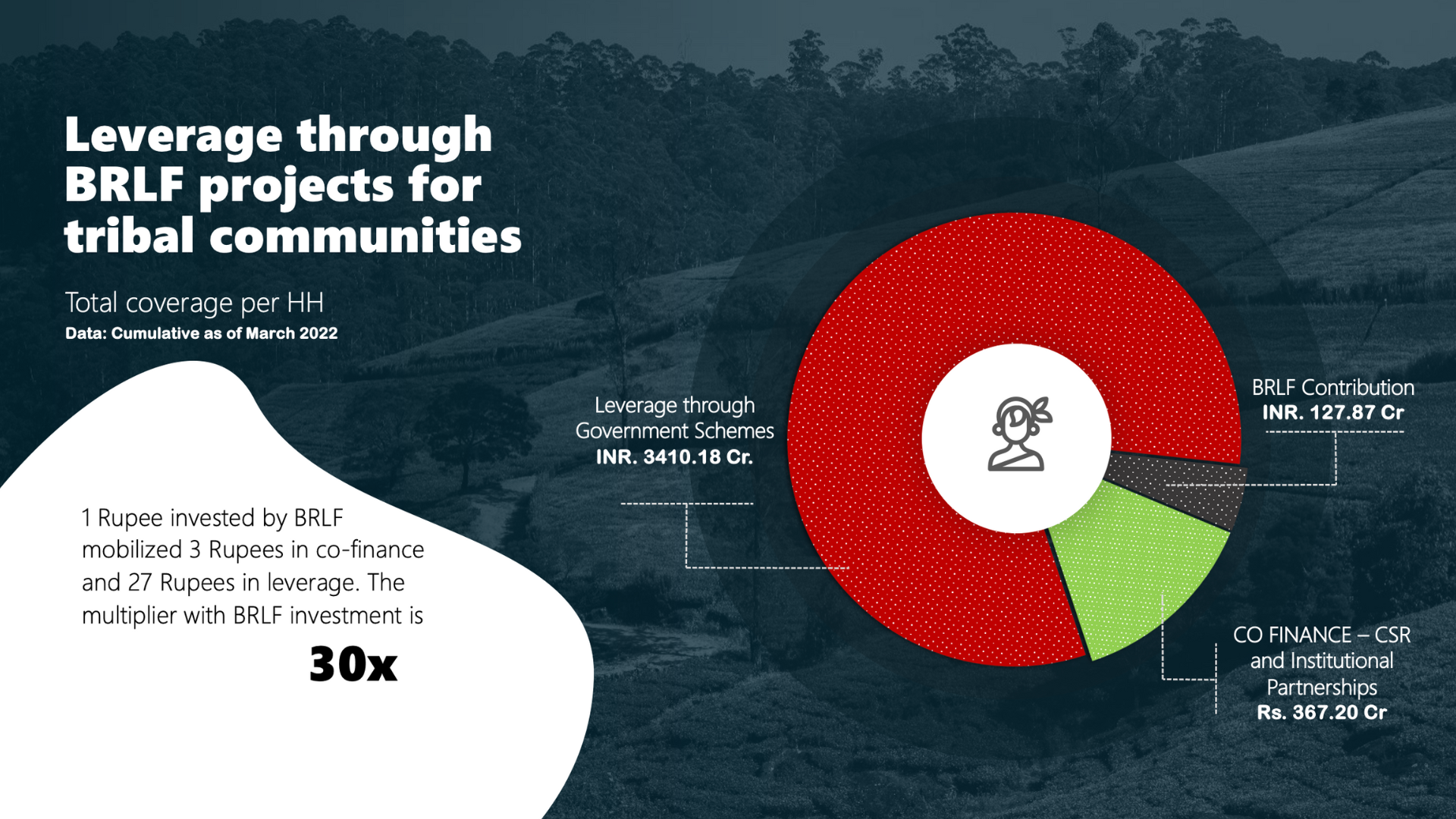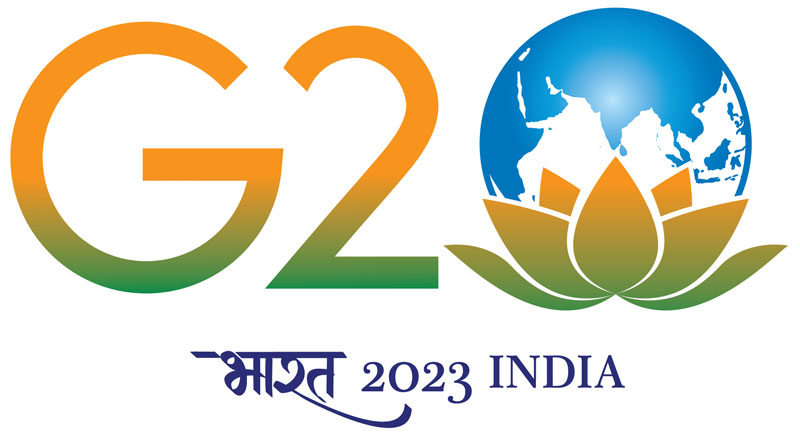Kje Skrill sije najsvetleje?
Skrill – Vse, kar morate vedeti
Skrill je ena najbolj priljubljenih spletnih denarnic, ki omogoča varno in enostavno opravljanje spletnih transakcij. S svojo priljubljenostjo med spletnimi igralci in trgovci, se postavlja v ospredje kot ena izmed vodilnih spletnih plačilnih metod. V tem članku bomo raziskali, zakaj Skrill sije najsvetleje in zakaj je to odlična izbira za vse, ki želijo opravljati hitre in varne transakcije.
Zakaj izbrati Skrill?
Skrill ponuja številne prednosti, zaradi katerih je prava izbira za mnoge. Ena izmed ključnih prednosti je enostavnost uporabe. Registracija je hitra in preprosta, omogoča pa tudi enostavno povezovanje z vašim bančnim računom ali kreditno kartico. Poleg tega Skrill omogoča tudi izdajo posebne predplačniške kartice, ki jo lahko uporabite za nakupovanje v fizičnih trgovinah.
Druga ključna prednost Skrilla je varnost. Spletna denarnica uporablja najnovejše tehnologije šifriranja, kar zagotavlja varnost vaših osebnih podatkov in finančnih transakcij. Skrill ima tudi napreden sistem za preprečevanje goljufij, ki skrbi za varnost vašega denarja.
Poleg tega Skrill ponuja tudi hitre in zanesljive transakcije. Sredstva se prenašajo v realnem času, kar pomeni, da lahko takoj začnete s plačili ali prejemanjem denarja. Skrill je podprt v več kot 200 državah in omogoča plačevanje v več kot 40 valutah, kar pomeni, da je primerna izbira za mednarodne transakcije.
Kako uporabljati Skrill?
Uporaba Skrilla je preprosta. Najprej se morate registrirati na njihovi spletni strani. Postopek registracije je hiter in enostaven, saj zahteva le osnovne osebne podatke. Ko se registrirate, lahko povežete svoj bančni račun ali kreditno kartico, da napolnite svoj Skrill račun.
Ko imate napolnjen Skrill račun, ga lahko uporabljate za plačevanje v spletnih trgovinah, pošiljanje denarja prijateljem ali družini ter za vplačevanje na spletne igralniške račune. Skrill je priljubljen tudi med spletnimi igralci, saj omogoča hitre in varne transakcije pri vplačevanju in izplačevanju denarja na igralniških platformah.
Skrill je prav tako znan po svojih ugodnih provizijah. Stroški transakcij so nizki v primerjavi z drugimi plačilnimi metodami, kar pomeni, da lahko prihranite denar pri opravljanju spletnih transakcij.
Zaključek
Skrill je vodilna spletna denarnica, ki s svojimi prednostmi pritegne številne uporabnike. Enostavnost uporabe, visoka varnost, hitre transakcije in ugodne provizije so le nekatere od prednosti, ki jih ponuja Skrill. Če iščete zanesljivo in enostavno spletno plačilno metodo, je Skrill odlična izbira. Za več informacij o Skrillu, obiščite domnevno spletno stran.
A Memorandum of Understanding (MoU) was signed between BRLF and the Ministry of Rural Development (MoRD), wherein the Government of India decided to allocate ₹500 Crore to create the corpus of the new society in two tranches. In addition, funds would also be sourced from concerned State Governments, Banks, the corporate sector, and philanthropic foundations.
Here’s how we do it.
We foster and facilitate development programs in partnership with the government and CSOs, to transform the livelihoods and lives of people across India. The Central Indian Adivasi belt, with over a 20% Adivasi population in 1077 blocks (as per the 2011 census) across 190 districts in the states of Odisha, Jharkhand, West Bengal, Chhattisgarh, Madhya Pradesh, Andhra Pradesh, Telangana, Maharashtra, Rajasthan, and Gujarat, has been an area of particular focus for us.
BRLF aims to bring value to rural development and livelihood interventions by supporting PM’s livelihood security initiatives, reforms in government flagship programs, and innovations in improving rural livelihood. BRLF also intends to promote participatory groundwater management and non-pesticide management-based agriculture. We intend to work in the most neglected regions with Particularly Vulnerable Tribal Groups (PVTGs) and bring value chain development for Non-Timber Forest Produces (NTFPs) and crops. BRLF is working on capacity building for rural professionals and small community-based organizations while allowing states to partner with CSOs.
Journey Towards Change - A BRLF Film
The film, shot in 2019, showcases the idea and philosophy behind the foundation of BRLF. It also shows some of our key works in partnerships with Governments and CSOs.
Please note that some of the data shown in the film are not updated. To view the most recent outreach and impact data, click the button below.
STRATEGIC APPROACH
BRLF achieves its key outcomes through strategic engagement with CSOs. We engage actively with CSOs to reduce gaps in program outlays and outcomes through strengthening of democratic institutions of governance at the grassroots, improving quality of implementation of programmes, and scaling up successful models of interventions.
BRLF achieves its key outcomes through strategic engagement with CSOs. We engage actively with CSOs to reduce gaps in program outlays and outcomes through strengthening democratic institutions of governance at the grassroots, improving the quality of implementation of programs, and scaling up successful models of interventions.
CSOs often struggle to find sufficient and long-term support for significant budget components like HR and operations, which directly influence livelihood interventions’ efficiency and impact quality. Our grant support and capacity-building initiatives are geared to help them find opportunities to scale and integrate with large-scale government interventions.
BRLF also enables institutional partnerships between CSOs and state governments to help them leverage programmatic resources for national and state-level programs and schemes for rural development and livelihoods.
As of March 2022, BRLF has committed Rs. 127.87 Crore toward CSO grants. Partners have leveraged a cumulative total of Rs. 3410.87 Crore from government schemes and raised co-finance of Rs. 367.20 Crore from multiple donors.


THE BRLF JOURNEY
March 16, 2012: Bharat Rural Livelihoods Foundation (BRLF) was first proposed in Para III of the budget speech made by the former Finance Minister Shri Pranab Mukherjee on March 16, 2012 where it was said: “It is proposed to establish a Bharat Livelihoods Foundation of India through Aajeevika. The Foundation would support and scale up civil society initiatives and interventions particularly in the tribal regions covering around 170 districts. Private trusts and philanthropic organisations would be encouraged to partner with the autonomous body that will be managed professionally”.
- September 3, 2013: The Union Cabinet, in its meeting held on 3’” September 2013, decided to set up an independent society to upscale civil society action in partnership with the government.
- December 10, 2013: Bharat Rural Livelihoods Foundation (BRLF) was registered on December 10, 2013, under the Societies Registration Act, 1860, as an autonomous body under the aegis of the Ministry of Rural Development (MoRD).
- January 13, 2014: BRLF signed an MoU with the Ministry of Rural Development to facilitate and upscale civil society action in partnership with the government to transform rural households’ livelihoods and lives, emphasizing women, particularly in the Central Indian Tribal Belt.
BRLF shall pro-actively and voluntarily make all relevant information available under the Right to Information Act, 2005. The BRLF shall be subject to audit by India’s Comptroller and Auditor General (C&AG).
“The tribal regions of Central India where BRLF’s work is currently focused are the pockets where backwardness is most concentrated and where governance is also the weakest.” – Dr. Mihir Shah, President (Former), BRLF (August 2015)
2014-2015
- BRLF launched its first Call for Proposals soliciting applications from civil society organizations for projects that sought to leverage government programs and funding in the Central Indian Tribal Belt.
- BRLF received grants for corpus from the Ministry of Rural Development, Navajbai Ratan Tata Trust, Sir Dorabji Tata Trust, and Ford Foundation.
- BRLF, in partnership with seven CSOs, started projects to reach 100,000 families in its first two years of operations, of which 66% were to be from scheduled tribe communities.
2015-2016
- BRLF provided grants to 34 CSO partners and signed a tripartite agreement for an extensive program between Axis Bank foundation-BRLF–SRIJAN and joint funding of 12 CSOs with Collectives for Integrated Livelihoods Initiative – CILI (part of Tata Trust’s Central India Tribal Initiative). Through these 34 partner CSOs, the aim was to reach out to around 6,07,000 households by the end of five years (2019-20). These participant households are spread across 130 blocks, 59 districts, and 8 States.
- BRLF signed a formal Memorandum of Understanding with the State Governments of Jharkhand, Maharashtra, Rajasthan, Odisha, and West Bengal for institutionalizing review and reporting mechanisms to overcome challenges faced by BRLF partners and to build the capacity of PRIs and state government functionaries.
- BRLF implemented action research pilots on participatory groundwater management in 18 locations for sustainable utilization of groundwater.
- By March 2016, BRLF had a presence in 8 Central Indian states spanning from Gujarat in the west to West Bengal in the east. A total of 34 CSOs were supported by BRLF in these states.
2016-2017
- BRLF partners reached out to 381,674 families in the central Indian tribal belt, amongst India’s poorest, most neglected regions. With these families, BRLF partners started implementing sustainable livelihood interventions to strengthen the natural resource, build powerful women-led people’s institutions, and ensure that the benefits of the government’s flagship programs reach those most in need.
- Certificate Program on Rural Livelihoods (CPRL) was launched with a batch of 29 tribal youths. A first-of-its-kind initiative, these young boys and girls, most of whom had never stepped out of their villages or worked on a computer, will go through rigorous field-based training sessions on sustainable livelihoods, watershed management, SHGs and livelihoods, common property resources, NPM and sustainable agriculture, water and sanitation, participation groundwater management, gender, MGNREGA, FRA, and governance-related issues, community-based institutions, and producer organizations.
- Research and Knowledge management vertical was set up. The first task was to bring out a Tribal Development Report, which will carry chapters on livelihoods, governance, human development, and arts and crafts of the tribals of Central India.
2017-2018
- The total outreach of BRLF is now at 533,245 households, of which 75% are tribal households of Central India spread across 5912 villages in 59 districts of eight states.
- The second Call for Proposals was initiated: 10 CSO partners were selected to reach 89,107 more families.
- BRLF qualified for the European Commission grants for “Strengthening Civil Society Action for transforming lives of the Particularly Vulnerable Tribal Groups of Jharkhand and Madhya Pradesh.”
- Springshed Rejuvenation and Management – Jharnadhara Project: BRLF partnered with the Government of West Bengal for the rejuvenation of 457 springs in the districts of Darjeeling, Kalimpong, Jalpaiguri, and Alipurduar, where BRLF partners will be building the capacities of frontline MGNREGA field functionaries or Dhara Sewaks, to prepare and implement detailed plans for catchment area treatment of these springs.
- BRLF entered into a second agreement with the West Bengal MGNREGA Cell, Department of Rural Development, Government of West Bengal, to implement USHARMUKTI Project. The project was launched across 10091 villages and 2344 micro-watersheds.
- In Partnership with IIHMR University, Jaipur, BRLF launched MBA in Rural Management to provide financial support to the bright tribal students from Central Indian Tribal Belt for pursuing a two-year MBA in Rural Management.
- The project “Ensuring empowerment of the community and enhancing livelihood opportunities for de-notified and nomadic tribes of Maharashtra” was launched to explore the livelihood opportunities for DNT and NT communities by redefining their traditional skills and creating business opportunities for their sustainability.
2018-2019
- BRLF signed an MoU with the Department of Agriculture and Farmers Empowerment and the Odisha Livelihood Mission, Government of Odisha, for a large-scale program to create Agricultural Production Clusters across 40 blocks in 12 tribal-dominated districts.
- BRLF signed an MoU with the Department of Panchayats and Rural Development, Government of Chhattisgarh, for a four-year high-impact mega watershed project.
- The Comptroller and Auditor General of India has completed the Audit for BRLF for the last four financial years.
- BRLF’s supporters and donors include Tata Trusts, UNDP, Arghyam, Axis Bank Foundation, Global Giving, Impact Guru, and VA Tech WABAG.
- BRLF, through a network of 57 partner CSOs, worked across 6429 villages covering 584,830 households, of which 75% were tribal households
2019-2020
“CPRL has strengthened the desire within me to work for society. Today, I feel very happy motivating and training farmers to do organic farming through which they reduce their input cost, increase productivity, and protect the environment.” – Ms. Balkumari, CPRL Batch V, employed with Sangata Sahbhagi Grameen Vikas Sanstha in Chhattisgarh.
- BRLF was designated as the ‘Center of Excellence by the Ministry of Tribal Affairs
- BRLF’s outreach is 6.54 lakh households in 8,288 villages of 86 districts across eight states. Of the total households impacted, 5.49 lakh (84%) are Scheduled Tribe households. The growth in coverage of households since inception has been 3.31 times.
- MoU with Jharkhand State Livelihoods Promotion Society (JSLPS) to train 90 Field Thematic Coordinators to improve the knowledge of JSLPS field staff on contemporary facets of rural livelihoods.
2020-2021
- As of March 2021, BRLF’s cumulative outreach stood at 7.05 lakh households across 9,974 villages, 2,614 Gram Panchayats, and 251 blocks of 86 districts in 8 states of Central India on various themes of livelihoods. Around 80% of this outreach is focused on women, and about 76% of the households covered are Scheduled Tribes.
- Looking at the grim situation which developed with the onset of the Covid-19 pandemic, and regular feedback from the partners, BRLF decided to initiate interim and long-term relief measures for the families residing in the Central Indian Tribal Region who are severely affected due to the pandemic. BRLF reached 8346 households from 13 Odisha, West Bengal, Chhattisgarh, and Madhya Pradesh districts.
- On August 28, 2020, BRLF signed the MoU with the Commissioner, MGNREGA cell, GoJ to implement the JIWI DAAH HASA-a high-impact watershed project. The proposed project will be implemented in 24 most backward blocks of 7 districts. The blocks are selected based on well-defined criteria suggested by the government. The project aims to improve the lives and livelihoods of 190,000 socio-economically marginalized households. Accordingly, 300,000 to 390,000 ha. Will be treated under the project.
SUSTAINABLE DEVELOPMENT GOALS
BRLF programs contribute to achieving SDGs as declared by the United Nations:

